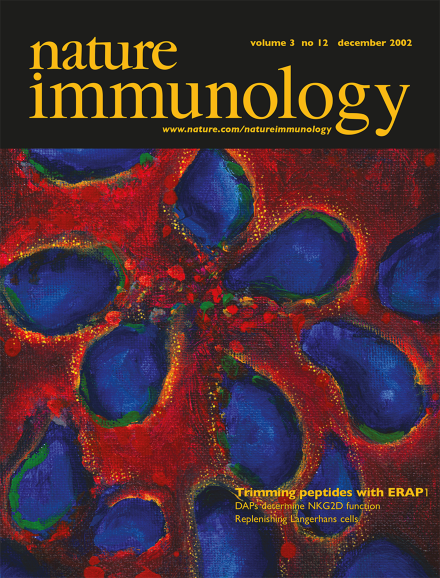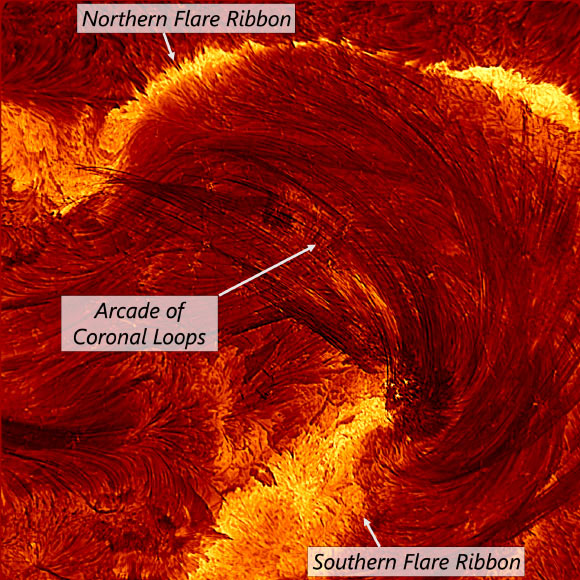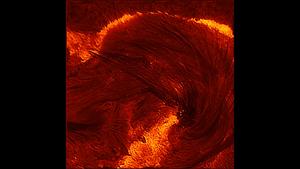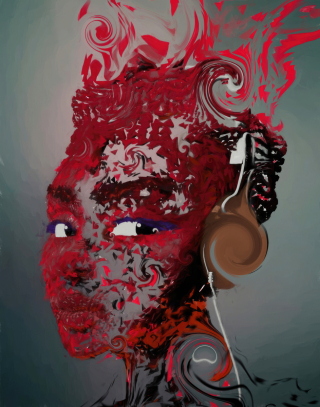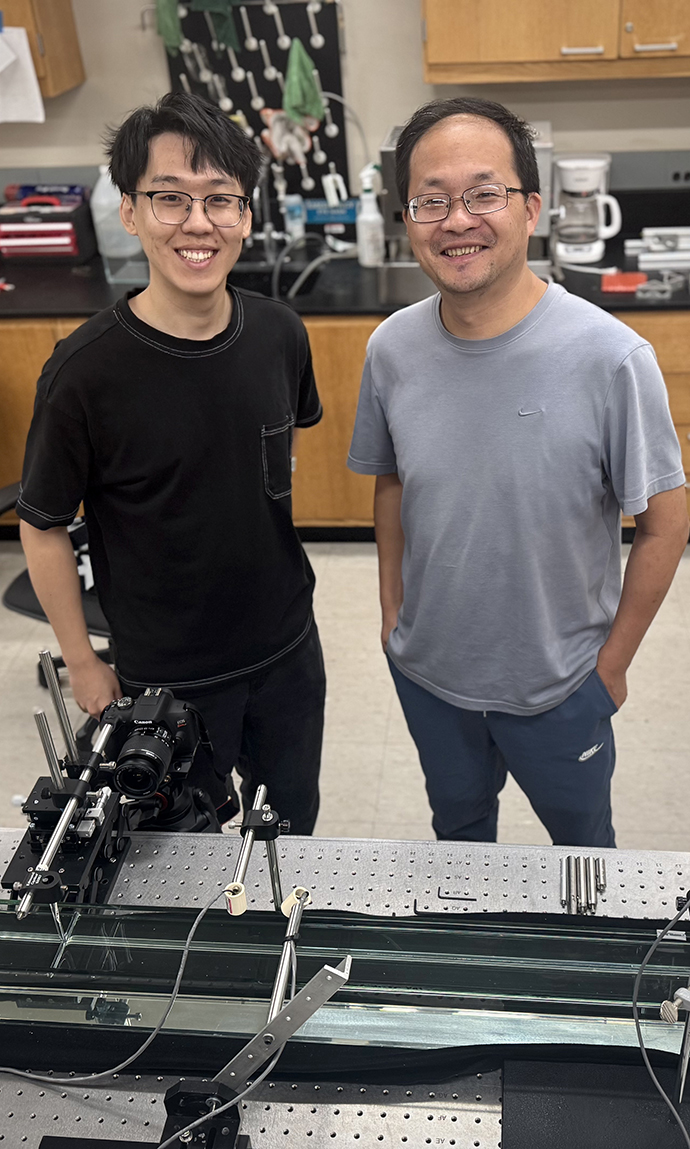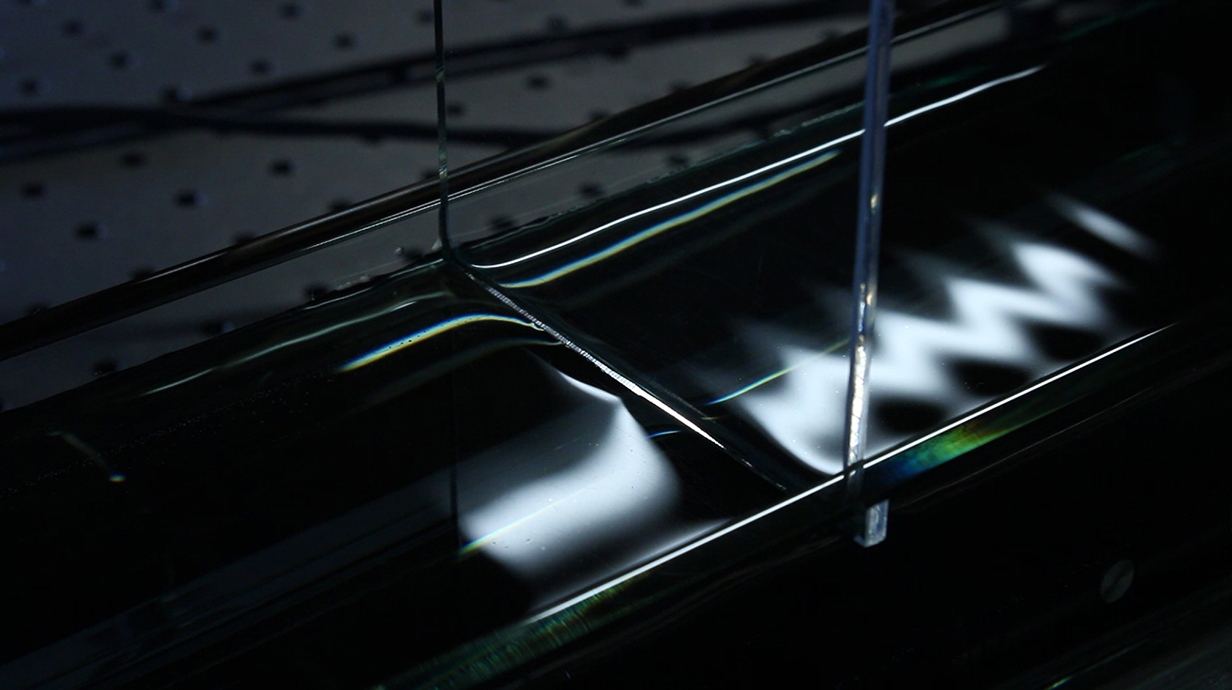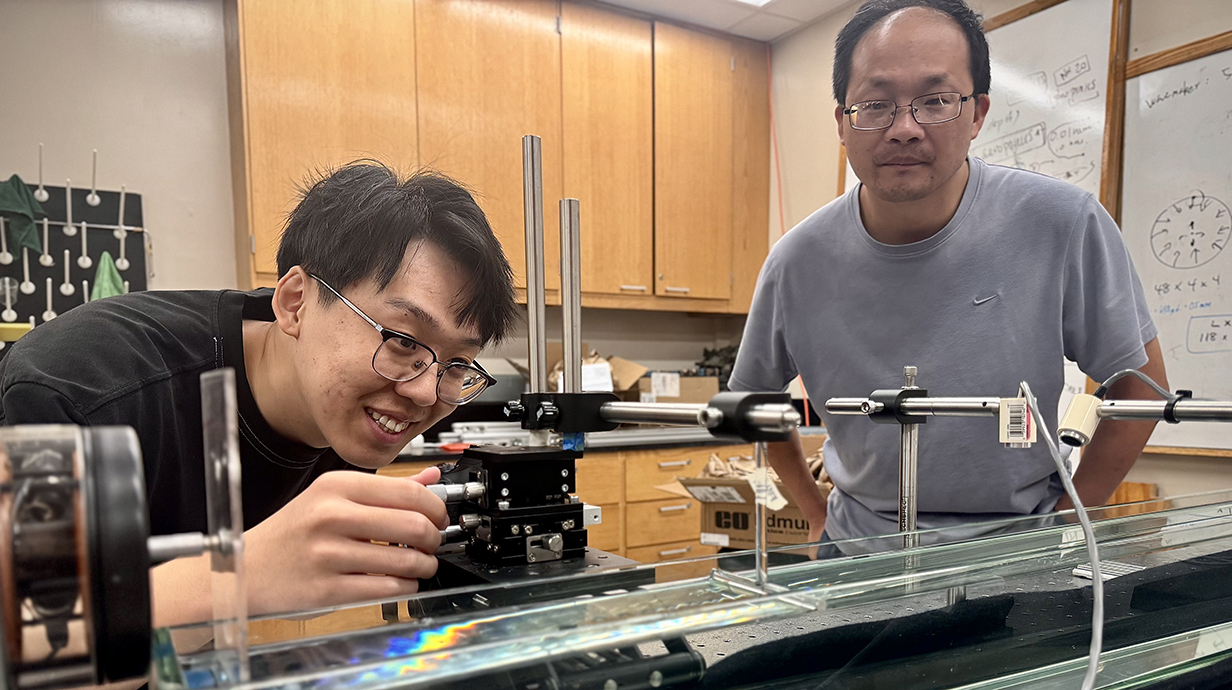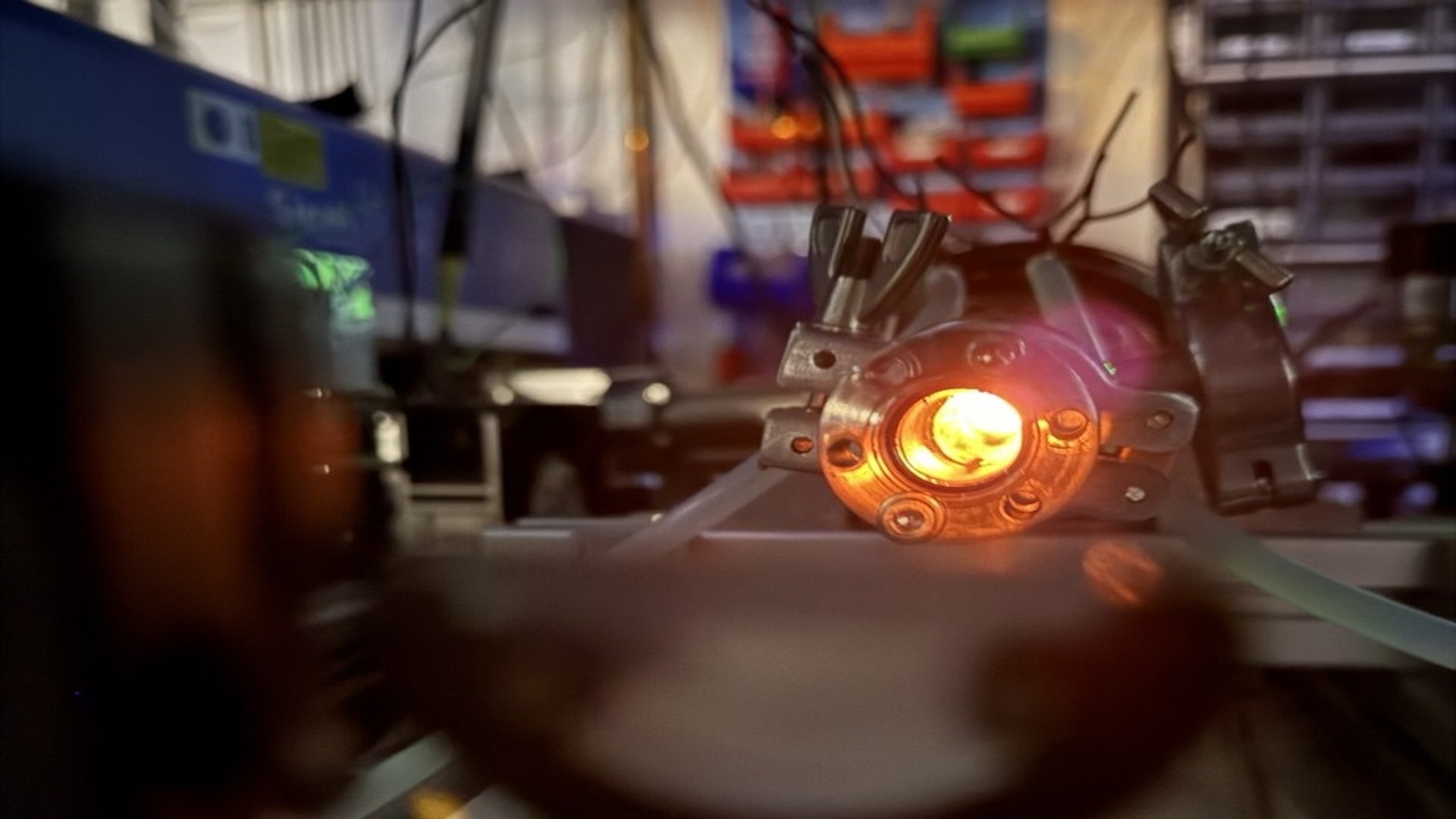A 23-year-old paper has received an addendum for “possible inadvertent errors” in the figures. But a sleuth says the update doesn’t address issues with the work.
The 2002 paper, which describes the behavior of Langerhans cells in normal and inflamed skin, was published in Nature Immunology and has been cited 774 times, according to Clarivate’s Web of Science.
The article received a correction in 2003 to replace two “incorrect” figures. Over 20 years later, PubPeer commenter “Archasia belfragei” flagged issues with different figures, noting in December that some PCR bands were “more similar than expected.”
An addendum this April addressed the data errors, which, according to the notice, “may have occurred during the assembly of PCR measurements.”
Miriam Merad, lead author of the paper and now Chair of the Department of Immunology and Immunotherapy at Mount Sinai in New York, called the similarity between bands an “unfortunate mistake in assembling the PCR.” She told us “the PCR that was misassembled was measuring housekeeping genes, which are expressed by all cells” and were not the focus of the study.
The research was conducted at Irving Weissman’s lab at Stanford University in California.
But image expert and sleuth David Sanders told us the addendum is “inadequate in multiple senses.” While the correction applied to two proteins, the “problematic” data involve the expression of a third, he said.
“The argument that an image concerning protein expression … somehow justifies thoroughly flawed images of RNA levels is absurd,” Sanders said. The “extent and nature of the problems with the figures would, in my opinion, dictate that the article should have been retracted,” he added.
Merad responded to Sanders’ concerns by emphasizing “there was no misconduct here.”
One of the paper’s authors, Harvard professor Amy Wagers, had another correction earlier this year to a 2023 paper in Nature Aging. The author correction addressed “potential duplication in two of the micrographs shown in the paper,” the January notice reads. Two of the probes were “unintentionally swapped” while the authors prepared images for the final submission of the paper. Wagers was one of 20 coauthors on this paper, which has been cited 37 times. She did not respond to email requests for comment.
Wagers is the cochair of Harvard’s Department of Stem Cell and Regenerative Biology. In 2010, Wagers retracted a paper from Nature for data concerns. A postdoc in Wagers’ lab was dismissed after accepting responsibility for the “duplicated data and other inappropriate manipulations” cited in a retraction in 2011 from Blood.
Lee Rubin, co-corresponding author and professor of stem cell and regenerative biology at Harvard, told us a coauthor of the paper discovered the mistake with the figures. “We are upset that we made the mistake but feel like we rectified it quickly and openly,” he said.
Like Retraction Watch? You can make a tax-deductible contribution to support our work, follow us on X or Bluesky, like us on Facebook, follow us on LinkedIn, add us to your RSS reader, or subscribe to our daily digest. If you find a retraction that’s not in our database, you can let us know here. For comments or feedback, email us at [email protected].
Processing…
Success! You’re on the list.
Whoops! There was an error and we couldn’t process your subscription. Please reload the page and try again.
Related
